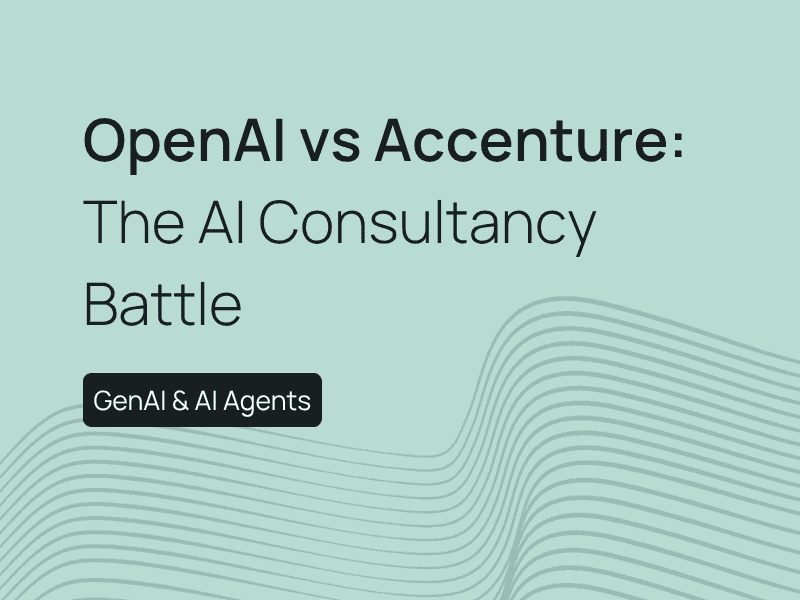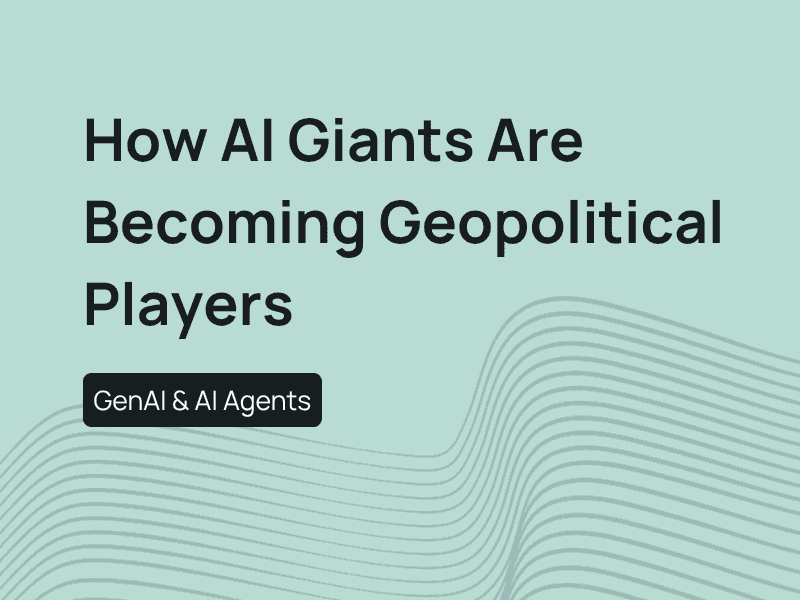Transformer models are a deep learning breakthrough, especially in natural language processing (NLP) and generative AI. Introduced in 2017’s "Attention Is All You Need," they use self-attention to analyze entire sequences at once, unlike earlier models like RNNs (recurrent neural networks) and LSTMs (long short-term memory networks), which process data step by step. This parallel processing makes transformers more efficient and better at handling long-range dependencies.
They power leading AI models like OpenAI’s GPT and Google’s BERT, with applications in finance, healthcare, and robotics. As their use grows, the demand for more efficient architectures has led to innovations like sparse transformers.
Understanding Transformer Architecture
Transformer models have revolutionized AI by enabling machines to process and generate text effectively. They rely on attention mechanisms to determine which words in a sequence matter most.
Dense transformer - Traditional models like GPT and BERT use a fully connected attention mechanism, where every token attends to every other token in a sequence. This enables deep contextual understanding but comes at a high computational cost, especially for long inputs. While dense transformers excel in tasks requiring nuanced language understanding, their efficiency challenges have driven the development of more scalable alternatives, like sparse transformers.
Sparse transformer - Optimized architectures like BigBird and Longformer reduce the computational cost of attention by limiting interactions between tokens. Instead of every token attending to all others, they focus only on a subset—such as nearby words, key positions, or learned patterns. This approach makes sparse transformers more efficient for processing long sequences while maintaining strong performance in tasks like NLP, genomics, and large-scale data analysis.
Why Sparse Transformers
Computational efficiency
Sparse transformers offer a more efficient and cost-effective alternative to traditional dense models by reducing the number of computations required for training and inference. Instead of every token attending to every other token (O(n²) complexity), sparse models focus only on the most relevant parts of the input, lowering complexity to O(n log n) or even O(n) in some cases. This shift significantly reduces resource consumption while maintaining strong performance, making sparse transformers highly scalable for real-world applications.
Reduced Memory Usage - Sparse transformers require less memory, enabling AI models to process longer sequences without excessive computational demands. This is especially important in fields like finance, healthcare, and legal tech, where models must analyze large volumes of text, transactions, or medical records.
Faster Processing Times - Since fewer computations are needed, sparse transformers speed up both training and inference, making AI models more responsive and cost-efficient. This is particularly valuable for real-time applications, such as fraud detection, conversational AI, and autonomous systems, where quick decision-making is crucial.
Lower Energy Consumption - Sparse models significantly reduce power usage, with some studies showing energy savings of up to 56.6% compared to dense transformers. This makes AI more sustainable and cost-efficient, particularly for cloud providers, enterprise AI solutions, and edge computing, where energy constraints are a key factor.
Scalability
One of the biggest advantages of sparse transformers is their ability to handle longer sequences more efficiently than traditional dense models. By reducing the number of attention computations, sparse transformers can process larger datasets without the exponential increase in resource demands seen in dense models. This makes them well-suited for applications requiring high scalability.
Natural Language Processing (NLP) - Sparse transformers enable efficient processing of long documents, legal contracts, research papers, and financial reports. This is critical for AI applications in automated summarization, document search, and compliance monitoring.
Image and Video Analysis - Traditional dense models struggle with high-resolution images and long video sequences due to memory constraints. Sparse transformers make it possible to analyze complex visual data more efficiently, benefiting fields like autonomous driving, medical imaging, and security surveillance.
Genomics & Bioinformatics - The ability to process large genetic sequences efficiently is a game-changer for genomic research, drug discovery, and personalized medicine. Sparse transformers enable AI models to analyze vast amounts of DNA data while reducing computational overhead.
Emerging applications
The efficiency and scalability of sparse transformers make them ideal for cutting-edge AI applications across multiple industries. By reducing computational costs while maintaining high performance, they enable faster processing, real-time decision-making, and large-scale data analysis in fields where traditional dense models struggle.
Healthcare - Sparse transformers enhance medical imaging analysis, improving diagnosis in areas like radiology, pathology, and MRI scans. They also support clinical decision-making by assisting doctors with predictive analytics and treatment recommendations. Additionally, sparse transformers accelerate drug discovery and protein structure prediction, driving innovations in biotechnology and pharmaceuticals.
Finance - Sparse transformers improve real-time market analysis, enabling faster AI-driven trading strategies and portfolio management. They also improve risk assessment by efficiently evaluating credit risk, volatility, and market fluctuations. Additionally, sparse transformers strengthen fraud detection, quickly identifying anomalies in transactions to reduce financial risk.
Robotics - Sparse transformers enable more efficient multi-modal sensor data processing, making robots more adaptive and responsive in applications like autonomous vehicles, drones, and industrial automation.
Real-time decision-making - Sparse transformers power edge computing applications, running AI locally instead of in the cloud to reduce latency. Additionally, they enhance Internet of Things (IoT) devices, making smart home systems, industrial IoT, and predictive maintenance more efficient and responsive.
Challenges & Trade-offs
Accuracy vs. Efficiency - Sparse transformers are much more efficient but can sometimes affect model performance. The sparsity might make it harder for the model to capture important relationships between tokens, which is critical for certain tasks. Additionally, too much sparsity could cause the model to miss some important token connections. However, recent breakthroughs by Cerebras and Neural Magic show that it’s possible to reduce parameters by 70% in large models while still keeping full accuracy on complex tasks.
Adoption Barriers - Implementing sparse AI models comes with several challenges. One key issue is the lack of specialized expertise, as understanding and implementing sparse architectures requires deep technical knowledge. Another obstacle is infrastructure limitations, with many organizations lacking the necessary computing resources, updated systems, and support for effective AI implementation. Additionally, the complexity of sparse patterns adds difficulty, as designing and fine-tuning these patterns requires careful attention to ensure they fit the specific needs of different tasks.
Market readiness - The market for sparse AI models is growing, with both challenges and opportunities. Industries like financial services, healthcare, manufacturing, and retail are exploring AI applications, but adoption is still in early stages. Major cloud providers such as AWS, Microsoft Azure, Google Cloud, and Oracle Cloud are partnering with NVIDIA to offer solutions supporting sparse models. Meanwhile, companies like Cerebras and Neural Magic are developing specialized hardware and software to ease the adoption of sparse large language models
The bottom line
We see sparse transformer models driving significant advancements in AI, offering enhanced efficiency, scalability, and cost-effectiveness. While adoption barriers and performance trade-offs remain challenges, recent breakthroughs are making them increasingly viable across industries like healthcare and finance. With growing support from cloud providers and innovative startups, the market for sparse AI models is expanding, creating exciting investment opportunities. As this technology matures, we believe sparse transformers will be a key enabler of next-generation AI.
Published by Samuel Hieber


